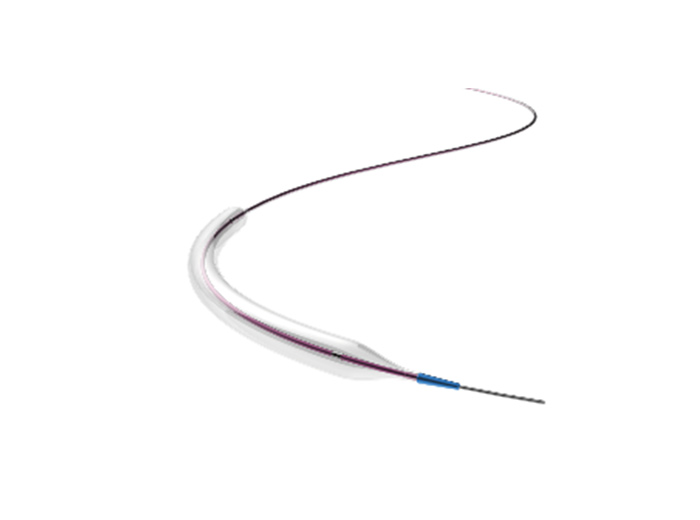the core of our corporate values
Indications and Complications of Vascular Interventional Therapy
Ⅰ. Indications for vascular interventional therapy
Vascular interventional therapy can be divided into three parts: neurointervention, cardiac intervention and systemic intervention. In addition, other vascular interventions were completed by the radiology department.
Vascular interventional therapy can be used for liver cancer, renal cancer, renal artery stenosis, hepatic vascular disease, pelvic vascular disease, occlusive disease of peripheral arterial vessels of extremities, and shunt disease. All in all, the indications for vascular interventional therapy are very broad.
Vascular interventional therapy is aimed at various types of diseases, one is vascular interventional therapy for tumors, and the other is interventional therapy for blood vessels such as diabetic foot or atherosclerotic plaque. Vascular interventional therapy for tumors is mainly based on infusion and embolization of antitumor drugs; peripheral vascular interventional therapy, including cerebral vascular interventional therapy, is mainly based on stent placement or balloon dilation.
For example, in patients with diabetic foot, because there are many complications in diabetic patients, the accumulation of a large amount of sugar molecules will cause damage to the intima of the blood vessels. Therefore, the patient needs to control the diet first, and then perform balloon expansion or stent placement after taking hypoglycemic measures. treat.
Ⅱ. What are the complications of vascular interventional therapy?
Complications related to peripheral vascular treatment are relatively few, with an incidence rate of about 1.7%, and the incidence of complications is negatively correlated with the number of patients with angiography, indicating that the more skilled the operation, the fewer complications. Common postoperative complications of vascular interventional surgery include postoperative fever, postoperative pain, allergic reactions caused by ionic contrast agents, abdominal wall thrombosis, nervous system complications, liver and kidney function damage, and skin damage. The specific performance is as follows:
1. The fever after vascular interventional surgery is all low-grade fever, and the duration is generally 1-2 days. If arterial embolization is performed, the body temperature can reach above 38.5 ℃, the maintenance time is about 3-5 days, and it can return to normal on its own without infection;
2. Postoperative pain is local swelling pain and generally does not require special treatment. Patients with embolism have severe pain and can be treated with analgesic drugs after surgery. Generally, the duration of pain is 3-5 days;
3. Allergic reactions caused by ionic contrast agents can be closely observed, and anti-allergic drugs can be used immediately after symptoms appear;
4. If the abdominal wall thrombus is a small thrombus, it is often asymptomatic and can be absorbed by itself. Large thrombus can cause thrombosis symptoms. If the patient experiences lower extremity pain, cold limbs, pale skin, and weakened popliteal artery and dorsal pedis artery pulse after a long period of postoperative catheterization, corresponding treatment should be performed immediately.
As one of the professional peripheral vascular device companies in China, Zylox-Tonbridge provides quality peripheral vascular products for patients with different conditions. Feel free to contact us at any time!
Learn more about high pressure balloon, gateway pta balloon catheter, distal access catheter, IVC filter retrieval kit, etc.










